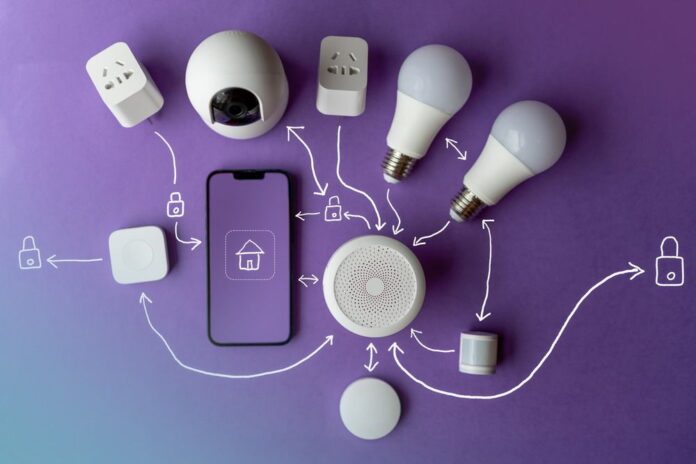Despite sales of professionally monitored security systems hitting a nine-year low in 2024, a recently published white paper from Parks Associates contends that traditional home security is not dying. But it is changing.
Homeowners in the 2020s want and expect different things compared to previous generations. It is up to the home security industry to adapt.
As long as that happens, and there is no reason to believe it will not, home security will continue to thrive into the next generation. It will just look a bit different.
3 Big Shifts
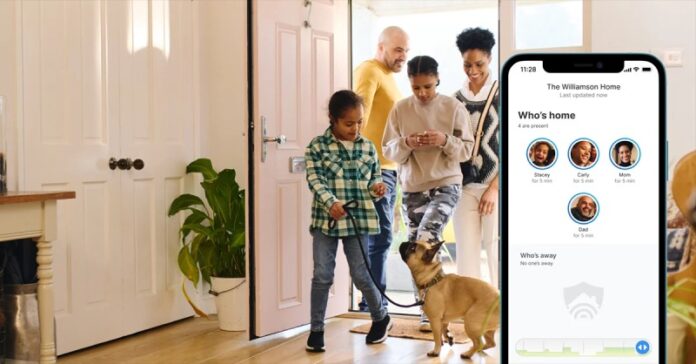
The Parks Associates white paper is well worth reading for anybody who is involved in the home security and automation sector.
This post will not go into the details, but it will briefly discuss the three biggest shifts home security manufacturers and dealers are looking at right now. How the industry responds to these things will determine the future course of home security.
1. A Desire for Functional Hardware
At the top of the list is a growing desire for functional hardware. Functional hardware includes things like video cameras and smart locks.
They perform some sort of function that makes them valuable enough to invest in. Today’s homeowners want more function. They want home security systems that do more than just keep an eye on things.
Informational devices, like sensors and panels, are still necessary for a functioning home security system. But consumers do not place as much value on them.
Therefore, manufacturers and system designers really should start pursuing the idea of informational devices that can be integrated into multi-use environments. That leads directly to the second big shift.
2. Combining Security With Automation
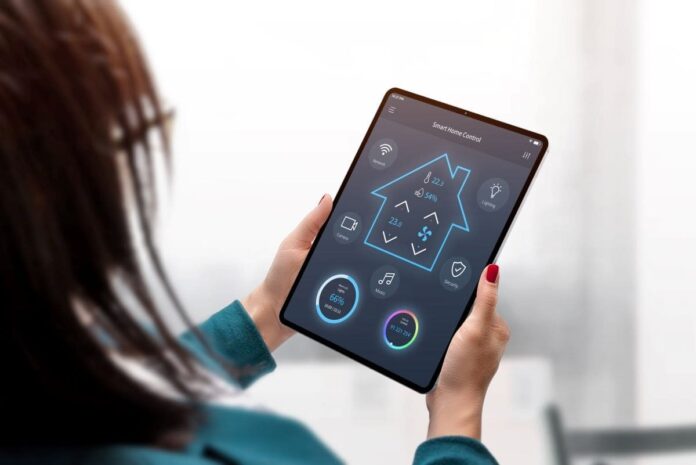
The Parks Associates white paper makes clear the fact that today’s younger homeowners do not necessarily draw a distinction between home security and home automation. For all intents and purposes, they are one in the same.
As the nation’s #2 home security provider, Vivint has been leading the way in multi-use platforms for several years.
The company sells packages that include a combination of security and home automation devices then all work together in a seamless, cohesive ecosystem.
Today’s homeowners place much emphasis on automated temperature control and lighting as they do video surveillance and entry control. To them, the line between security and automation is more blurred than ever before.
3. Demand for Hybrid Purchase/Installation Models
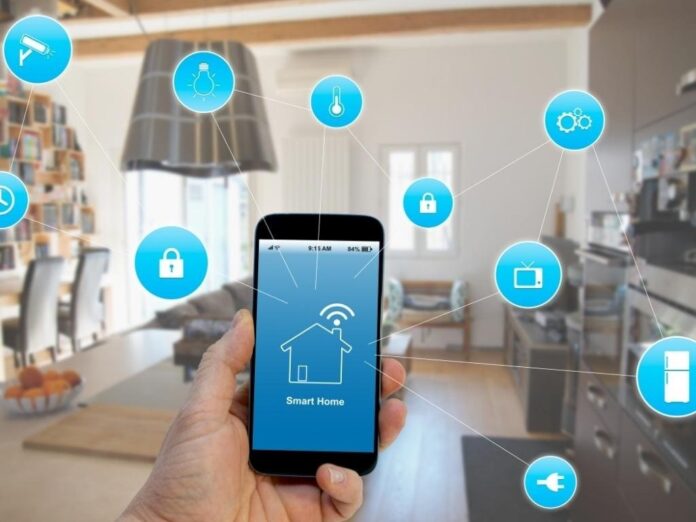
Perhaps the most intriguing shift of all is the rising demand for hybrid purchase/installation models. Today’s younger homeowners grew up online.
They are used to the idea of having maximum control over the shopping experience thanks to endless websites offering all sorts of products with different options, pricing structures, and shipping models.
The industry needs to trend away from one-size-fits-all purchase and installation to a model that gives consumers as many choices as possible.
One consumer might prefer to build his own home security and automation system piecemeal. Another might want professional installation but self-monitoring.
Still another might want to purchase online but still have a local dealer handling the installation.
According to Parks, a big part of the hybrid model for younger homeowners is the bring your own device (BYOD) concept.
BYOD is something many of them have already experienced in the workplace. They want the same ability to bring their own devices to the home security and automation environment without having to invest in new hardware and software. They want their devices to just work.
What It Will Require of the Industry
Shifting demands in preferences among a new generation of homeowners will force the security industry to either adapt or go by the wayside. So here is the big question: what is required of the industry to remain relevant? The answer is more complicated.
For starters, the biggest players are going to have to get over their preferences for proprietary devices and software in favor of general standards that will remain consistent across all platforms.
The Matter protocol was a step in that direction, but it never materialized to its fullest extent because some of its biggest contributors did not want to let go of proprietary control.
Next, the industry needs to completely eliminate any distinction between home security and automation.
Consumers are no longer looking for just security or efficiency. What they want is a more friendly home. They want homes that cater to their lifestyles, needs, and preferences across the board.
Last but not least, the industry needs to focus on more function. Consumers want to be able to interact with their homes rather than just live in them.
They want more access to things like voice control and function automation. Most importantly, they want to be able to interact with their homes remotely.
That means developing more cohesive mobile apps that expand the consumer’s interactive capabilities.
AI Has a Role to Play
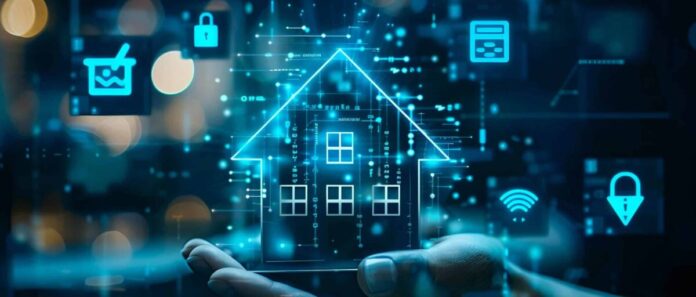
As you might imagine, AI has a role to play in all of this. That role has not yet been clearly defined, but it will be in time. AI will make smart home systems smarter with each passing year.
Security devices will become more intelligent and intuitive; home automation devices will make life more comfortable and efficient. That is the whole point.
We already see AI make its way into devices like thermostats and cameras. For example, some of the best thermostats in the industry can artificially learn a homeowner’s routine and automatically adjust programming accordingly.
AI-powered cameras can distinguish between humans, pets, and inanimate objects for more accurate analysis. Some cameras can even distinguish strangers from recognized homeowners.
A New Age of Home Security
The Parks Associates white paper points to a new age of home security on the horizon. Perhaps that new age has already arrived.
Gone are the days when home security was a pure hardware experience.
Today’s home security is being combined with intelligent home automation for an entirely different experience powered by the internet.
A lot has changed over the last 50 years. How much more will change in the next fifty?

